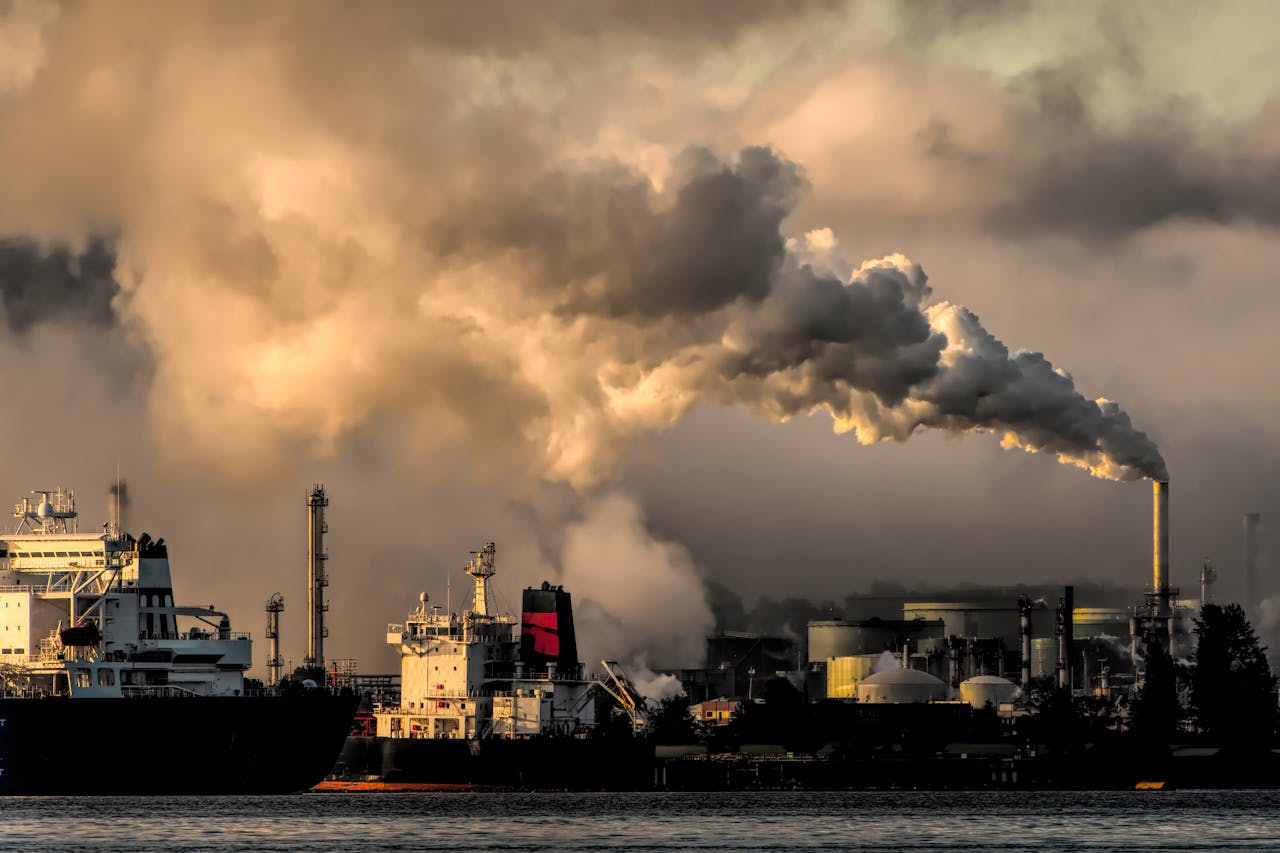Maritime transport is a large, and growing, source of greenhouse gas emissions. As a result, from 1 January 2024, the European Union (‘EU’) extended its Emissions Trading System (‘ETS’) to also cover carbon dioxide emissions from large ships of 5000 gross tonnage entering EU ports, regardless of the flag that they fly.
The EU’s ETS – How Does it Work?
Set up in 2005, the ETS operates via a cap and trade principle. The EU has placed a cap on the amount of greenhouse gases that can be emitted by operators falling within the ETS and this limit is reduced on an annual basis to ensure that the amount of greenhouse gases that are emitted decreases over time. Every year, companies that fall within the ETS must surrender enough allowances to account for their emissions. If they do not do so, heavy fines are imposed on these companies.
Within the cap, companies buy allowances on the EU carbon market, but they are also given some allowances for free. Companies are also allowed to trade their allowances with one another. Emissions can be traded mainly through auctions on the European Energy Exchange, however there also exists a secondary market in which allowances can be traded bilaterally or through derivatives provided by financial institutions. To be able to purchase allowances, companies need to open either a trading account or a maritime operator holding account with the Union Registry.
ETS in the Maritime Sector
As from the 1 January 2024, the ETS started covering cargo and passenger ships of 5000 gross tonnage or more. The ETS will be extended to offshore ships of 5000 gross tonnage or more as from 2027.
The system covers emissions from maritime transport as follows:
- 100% of emissions from ships performing voyages departing from and arriving at ports under the jurisdiction of EU Member States
- 100% of emissions from ship within a port under the jurisdiction of an EU Member State
- 50% of emissions from ships performing voyages departing from a port under the jurisdiction of an EU Member State but arriving at a port in a non-EU Member State
- 50% of emissions from ships performing voyages departing from a port in a non-EU Member State but arriving at a port under the jurisdiction of an EU Member State.
While the ETS concerns itself with carbon dioxide, methane, and nitrous oxide emissions, it currently only covers carbon dioxide emissions with respect to the maritime sector. Shipping companies must purchase and surrender ETS emission allowances for each tonne of reported carbon dioxide emissions during the preceding calendar year. However, during an initial phase-in period, shipping companies need only surrender allowances for the following portions of their emissions:
- 40% of emissions reported for 2024, and
- 70% of emissions reported for 2025.
Shipping companies must surrender allowances for 100% of their reported emissions for 2026 and each year thereafter. Furthermore, from 2026, shipping companies will also start surrendering the number of allowances corresponding to all their verified emissions, including methane and nitrous oxide emissions.
What Derogation Does Malta Benefit From?
In terms of the ETS Directive, special rules apply for ships that connect EU Member States’s small islands with the mainland. Therefore, until 31 December 2030, shipping companies will not have the obligation to surrender allowances for emissions that are released by passenger ships (excluding cruise ships) and by ferries (ro-pax ships) for voyages performed between a port of an island under the jurisdiction of a Member State and a port under the jurisdiction of that same Member State. For the derogation to apply, the island must have fewer than 200,000 residents and must have no road or rail link with the mainland.
Malta applied for, and benefits from, this derogation.
This document does not purport to give legal, financial or tax advice. Should you require further information or legal assistance, please do not hesitate to contact Dr Nicholas Valenzia and Dr Laura Spiteri
